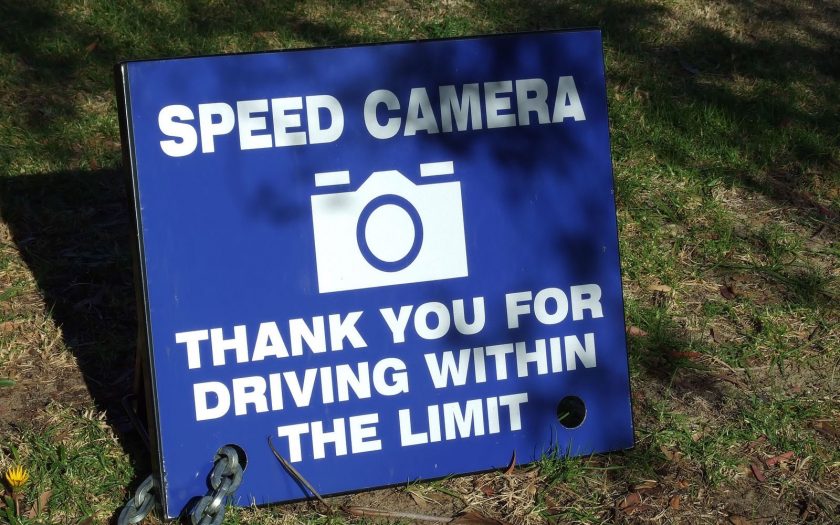LITTLE WONDER DRIVERS are sceptical about the oft-repeated claim that speeding fines are all about saving lives.
You only have to be in traffic when a police car is about to see how a visible deterrent affects driver behaviour. Another example used to be those signs warning “Speed Camera Ahead”, causing traffic to immediately slow to the posted limit (or below), as they also (mostly) do at signposted fixed speed cameras.
So why, then, has the NSW government made the decision to remove warning signs for mobile speed cameras?
Perhaps the answer is to be found in the windfall it has reaped. According to NSW opposition leader, Chris Minns, the monthly revenue for speed offences of less than 10km/h over the speed limit is the highest on record.
In May 2020, 1547 fines were issued for these low range offences. In May this year, that number jumped to 27,144, and increase of 1655 percent (and this during a period of reduced traffic volume thanks to COVID restrictions).
The fine for exceeding the posted limit in NSW by less than 10km/h is $123.
The decision to remove warning signs follows on from a similar decision made some years ago to remove signs advising motorists that they had “just passed a speed camera”. As a result, the first indication they had that they had been detected exceeding the speed limit was when the expiation notice arrived in the mail some weeks later, completely removing any deterrent effect at the time of the offence.
